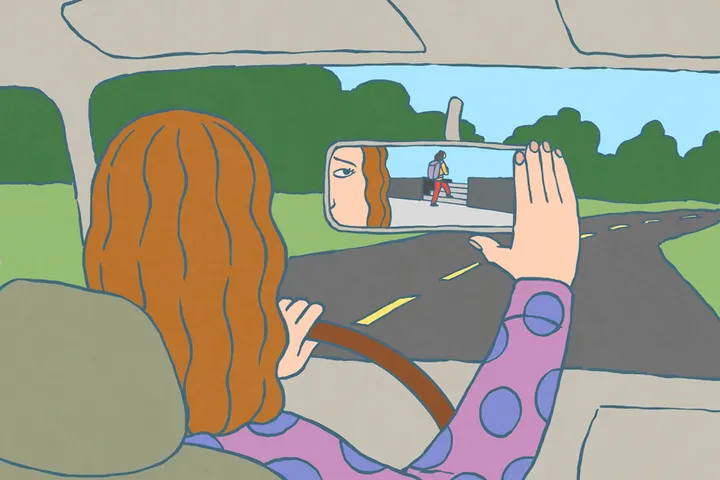Rembrandt, The Denial of St. Peter, 1660

But Peter said, “Man, I do not know what you are talking about.” And immediately, while he was still speaking, the rooster crowed. And the Lord turned and looked at Peter. And Peter remembered the saying of the Lord, how he had said to him, “Before the rooster crows today, you will deny me three times.” And he went out and wept bitterly.
– Luke 22:60-62 (ESV)
In The Denial of St. Peter, Rembrandt captured a staggering detail in Scripture: At the moment the rooster crowed, Jesus turned and looked at Peter (Luke 22:61).
Peter was standing by fire, warming himself and trying to monitor what was happening to his friend and Lord, who had just been arrested. Peter wanted to be present but not implicated. Yet as Jesus faced accusations from the Sanhedrin, Peter found himself on trial, too. His accusers were the others who had gathered around the fire. One was a servant-girl who swore she saw Peter with Jesus. Peter swore back that she most certainly did not. He said he and Jesus had never even met.
Only hours earlier, Peter and Jesus had shared a meal together. During that supper, Jesus predicted that Peter would deny Him before the rooster crowed in the morning. Peter was incredulous. He was certain that would never happen.
But it did happen—just as Jesus had said.
Rembrandt painted the scene to capture that very moment. As Jesus was being led away, He looked over His shoulder at His friend, who was in the act of doing the very thing he swore he was incapable of.
Click here to read the next article in the Visions of Christ series.
Rembrandt painted this particular moment not to mock Peter, but to associate with him. Rembrandt is trying to implicate us in Peter’s duplicity of heart. The power in seeing this moment of Peter’s collapse is that, knowing full well what Peter did, Jesus forgave him.
Most of us grossly underestimate our capacity for depravity. But when we fail the Lord by doing the unthinkable, two things are true: Jesus fully knows our sin, and He atoned for it through His death and resurrection. The power in the scene depicted here is that Jesus was in the act of doing the very thing Peter needed in order to be forgiven and reconciled to God. And He wasn’t doing it for Peter only. He was doing it for all who would believe.





